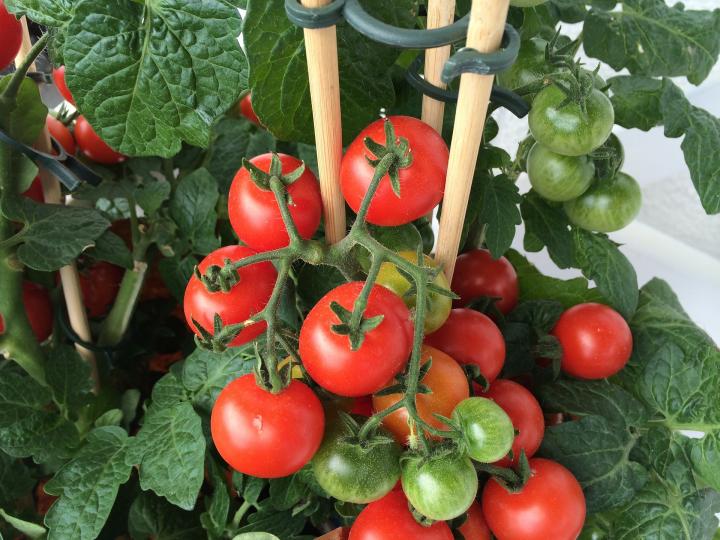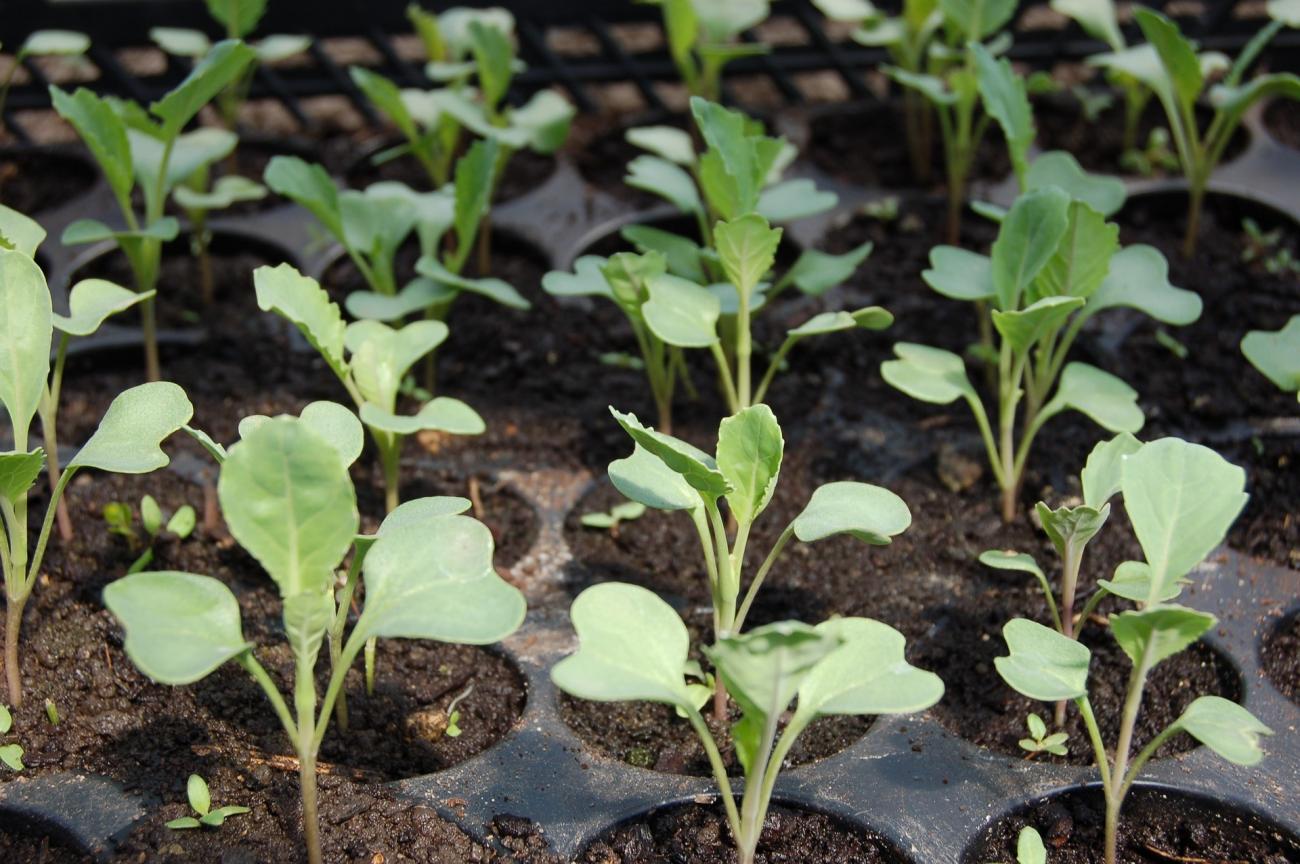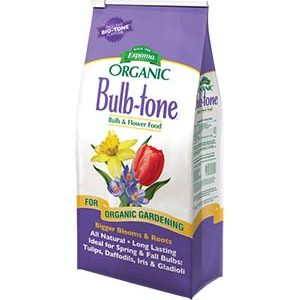Tomatoes & Peppers
Tomatoes and peppers are two varieties that must have warm temperatures to do well. Tomatoes that are planted before the soil and air temps are warm can develop calcium deficiency which can cause ‘blossom end rot’. Blossom end rot distorts the shape of early fruit with a black bottom end of the tomato. This is not very pretty, but the tomato is still edible.
Bonide Rot-Stop Controls blossom end rot on tomatoes and other vegetables. Purchase Rot-Stop online and pick up curbside or at our front desk.




